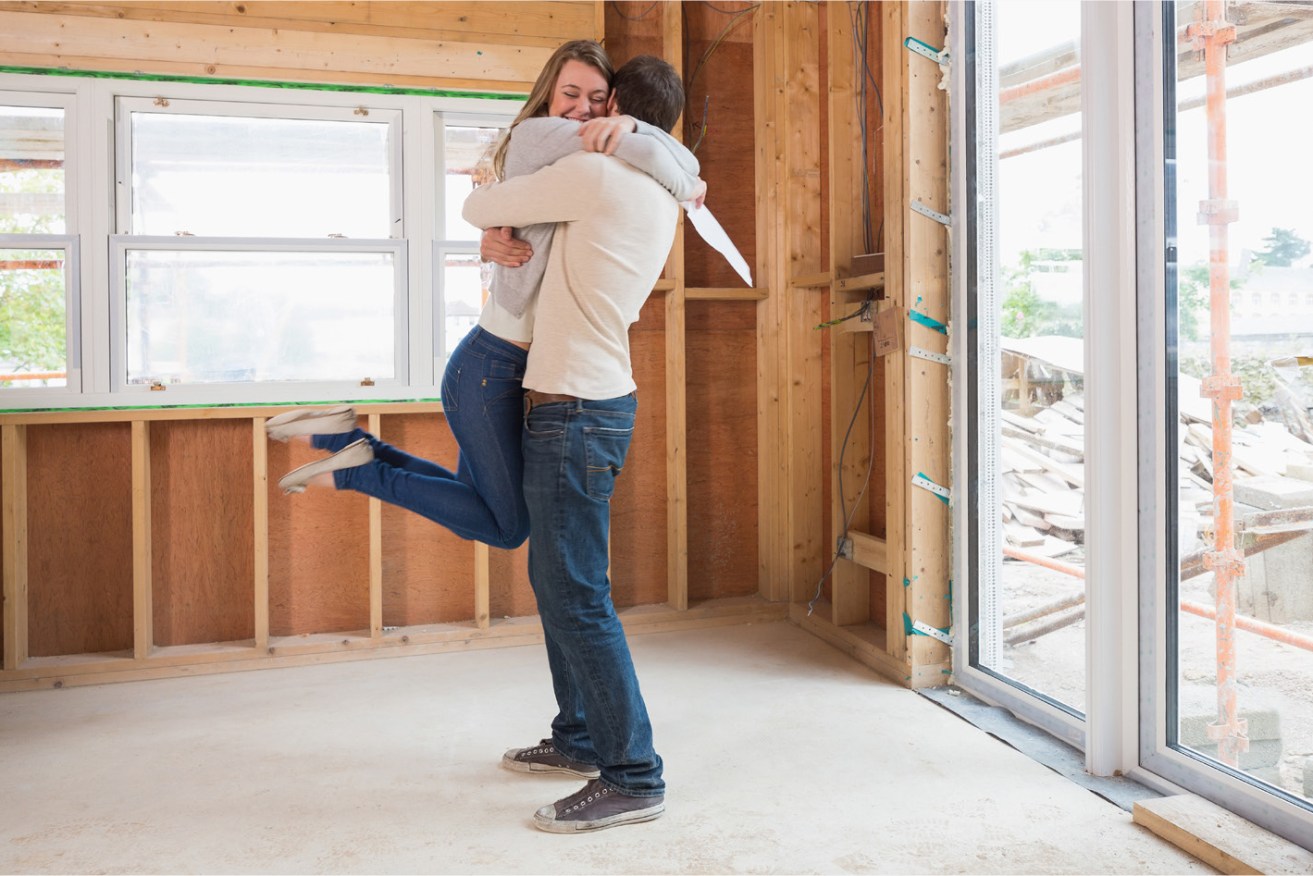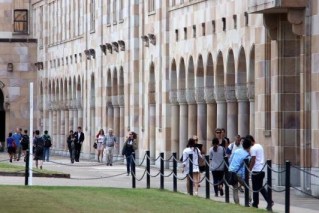Shrinking households: RBA points to dramatic shift in how Aussies live
The Reserve Bank has found another dramatic change in the way Australians live sparked by the Covid pandemic – one of the reasons for the housing crisis was likely to be people escaping big households.


The housing shortage was impacted by people choosing to live with their partners
RBA assistant governor Luci Ellis said there were also profound shifts in the housing market that were underway and one of them was being caused by lower population growth.
She said the shutdown of immigration for two years meant that Australia’s population level was now on a “permanently lower track” than would have been expected had the nation’s borders not been closed.
The implications of that for the housing market were important because the stock of housing would expand greater than the growth in population.
She said there was also “an unusually large pipeline of detached homes that are yet to be completed”.
Ellis said there had previously been major concerns about how the pause on immigration during the pandemic and the loss of an estimated 200,000 immigrants would affect housing, but it was almost completely offset by people shifting out of bigger households.
The number of people who moved back into the family home at the start of Covid had been reversed.
“On the question of who you would rather be locked down with, at least some Australians have voted with their removalists’ van, by moving out of their share house and in with their partner,” she said.
“If average households size hadn’t declined there would be fewer households to fill the new homes being built. Instead of the result being a swathe of empty homes, though, prices would have adjusted, in this case rents,” Ellis said.
She said the premium people paid to live in the inner city had also “narrowed” in the past two years because of the work-from-home trend meant more people wanted more space and had moved to outer suburbs.
“The premium for being close to the centre remains, but it is much smaller now and is closer to the premium for being in a middle-ring suburb,” she said.
She said the “laptop class” of people who could work from home were a minority and before the pandemic were almost exclusively living in the inner city and so a shift of the some of the them had been more noticeable.
The normal flow of people from the regions to the cities was also curtailed during Covid but she said the shifts in Australia’s internal migration “are now unwinding” to the more predictable flow of immigrants moving mainly to Sydney and Melbourne and residents of those cities shifting to places like Queensland.
“The sharp decline in population growth stemming from pandemic related border closures occurred at the same time as the housing stock continued to expand,” Ellis said.
“Much of the additional housing supply will have been absorbed by the decline in household size. Even so, the net effect is likely that housing supply has for a number of years been running ahead of what would normally be thought of as trends in demand,” she said.
The RBA has forecast that new home construction will remain solid for the next few years and housing stock will expand and it would be at a rate faster than population growth.
But Ellis also warned the housing market does not stand still and while it was tempting to talk about house prices in particular areas a better question was: How will the whole system adjust?












